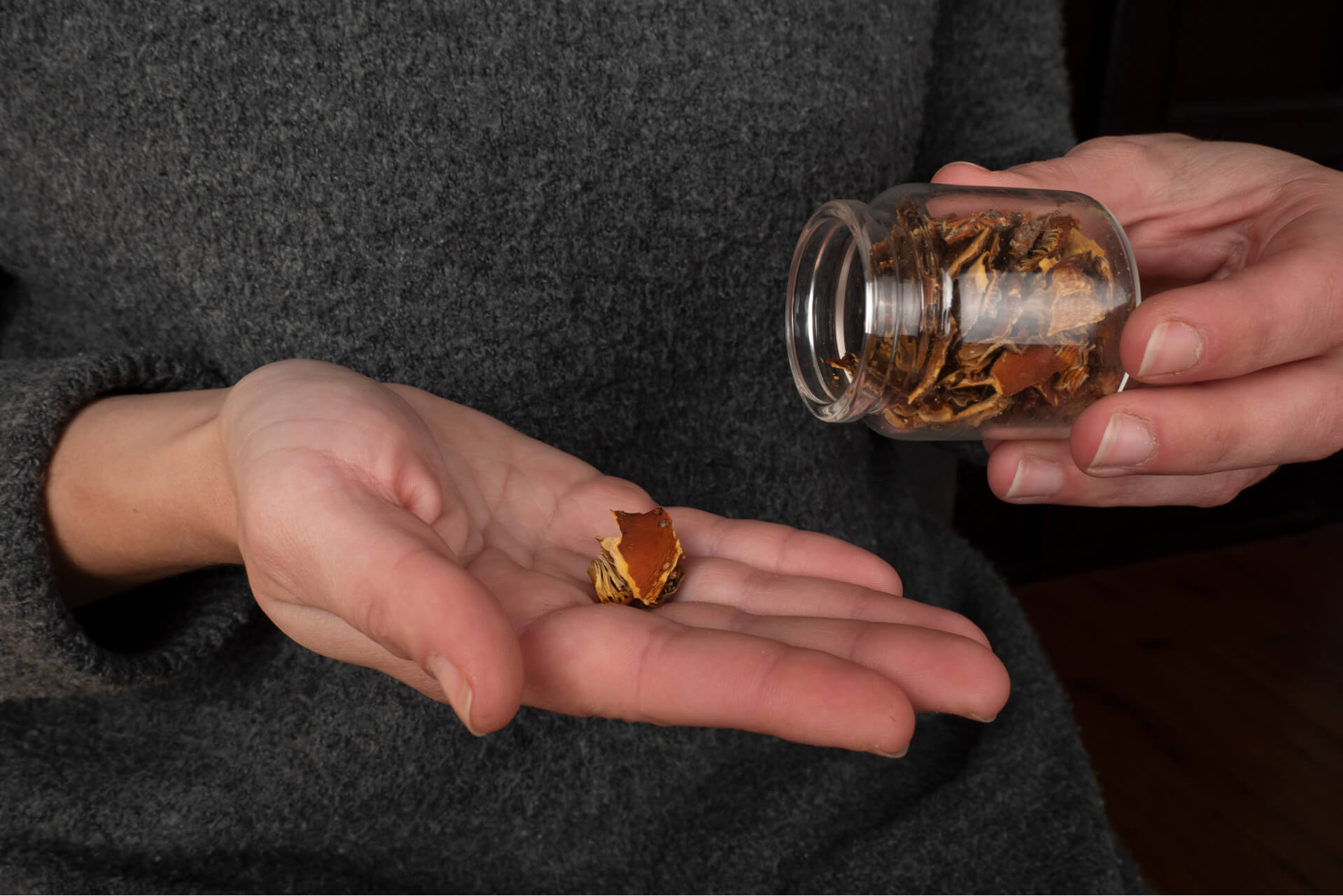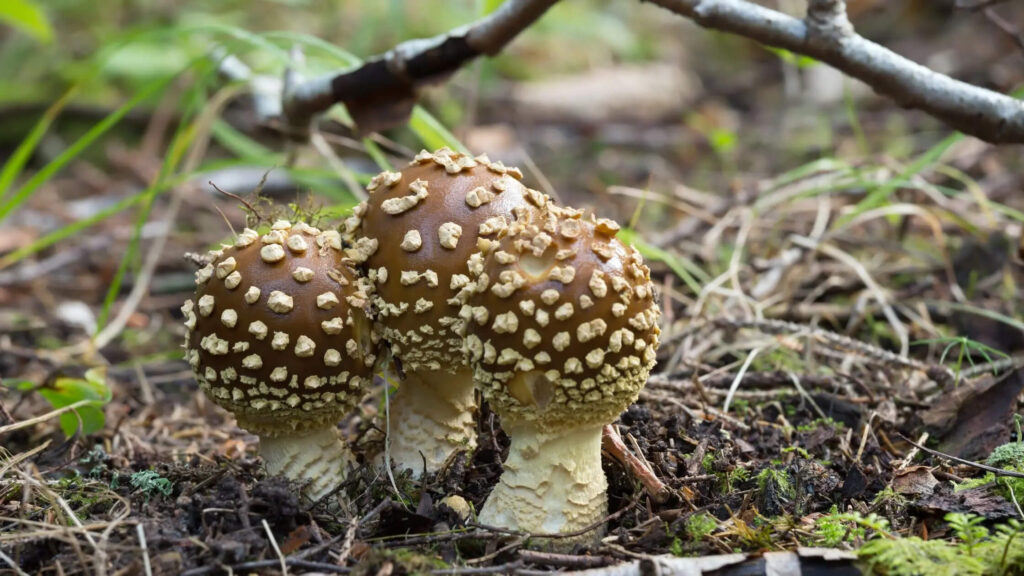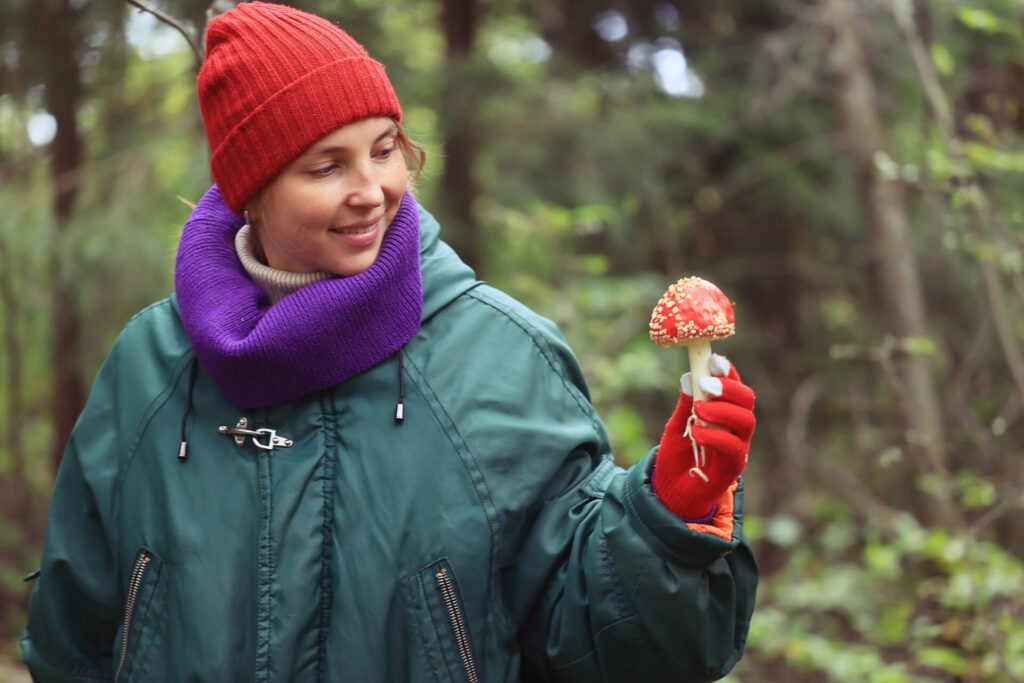The Amanita mushroom, especially the famous Amanita muscaria, with its bright red cap and white spots, has long captured the imagination of people around the world. From ancient shamanic rituals to modern-day curiosity, dried Amanita has a variety of uses—some mystical, some practical, and all a little mysterious. But what exactly is dried Amanita used for? Let’s explore the fascinating ways this mushroom has been put to use over the centuries.
Shamanic and Spiritual Practices
One of the most well-known uses of dried Amanita, particularly Amanita muscaria, is in shamanic rituals. Indigenous peoples in Siberia and Northern Europe have used this mushroom for centuries to enter altered states of consciousness. Once dried, Amanita muscaria’s psychoactive compounds—muscimol and ibotenic acid—become more potent, allowing shamans to experience vivid visions and connect with the spirit world.
In these rituals, the mushroom was dried and consumed to induce trance-like states, which were believed to provide spiritual insights, healing, or even allow communication with the gods. While not widely practiced today, some spiritual seekers still explore dried Amanita for its mind-altering effects, although it should always be done with extreme caution.
Recreational Use for Hallucinogenic Effects
Although not recommended due to its toxicity, dried Amanita has found a place in the world of recreational use. The psychoactive compounds in Amanita, especially muscimol, are known to produce hallucinogenic effects—such as altered perceptions, euphoria, and deep introspection. Drying the mushroom reduces some of its toxicity, but it’s still risky business. Too much can lead to severe nausea, confusion, or worse.
Unlike more popular psychedelic mushrooms, dried Amanita muscaria offers a unique experience, sometimes described as dreamlike or otherworldly. But users should be aware that Amanita is not your typical “magic mushroom,” and the line between a good trip and a dangerous one is thin.
Traditional Medicine and Folk Remedies
In various parts of the world, dried Amanita has a long history of use in folk medicine. In small, carefully administered doses, people have used dried Amanita muscaria to address a range of issues, from pain relief to insomnia. Some cultures believed it had calming properties and could help alleviate anxiety or other stress-related issues.
However, most of these uses are rooted in tradition rather than science, and the toxicity of Amanita means modern medicine doesn’t endorse these remedies. Still, it’s a fascinating glimpse into how ancient cultures viewed this mushroom as both powerful and potentially healing.
A Natural Insecticide
The name “Fly Agaric” might sound strange at first, but there’s a good reason for it! Dried Amanita has been traditionally used as a natural insecticide. People would crumble pieces of the mushroom into milk or water to attract and kill flies—hence the name.
This old-school pest control trick worked because Amanita contains compounds toxic to insects. While not as widely used today, it’s an interesting example of how something as beautiful as Amanita muscaria can serve a very practical purpose!
Modern Research: A Possible Medicinal Future?
In recent years, there’s been growing interest in the medicinal potential of compounds found in Amanita mushrooms. Although much of the research is still in its early stages, scientists are looking into whether muscimol could be used to treat conditions like anxiety, sleep disorders, and even neurodegenerative diseases.
Dried Amanita is often used in these studies because it’s more stable and concentrated than the fresh version. While this research is promising, it’s important to remember that we’re still a long way from safely harnessing the medicinal power of Amanita.
Conclusion: A Mushroom with Mystical and Practical Uses—But Proceed with Caution!
From its role in ancient spiritual practices to its hallucinogenic effects and potential place in modern medicine, dried Amanita is a mushroom like no other. Whether used to enter otherworldly states, ward off flies, or as part of folk remedies, it has a rich history that spans centuries and cultures.
However, with all its fascinating applications, it’s crucial to remember that dried Amanita is toxic and should be handled carefully. While its uses are intriguing, the risks are real, so if you’re ever tempted to explore its properties, make sure to do so with expert guidance and the utmost respect for its power.




